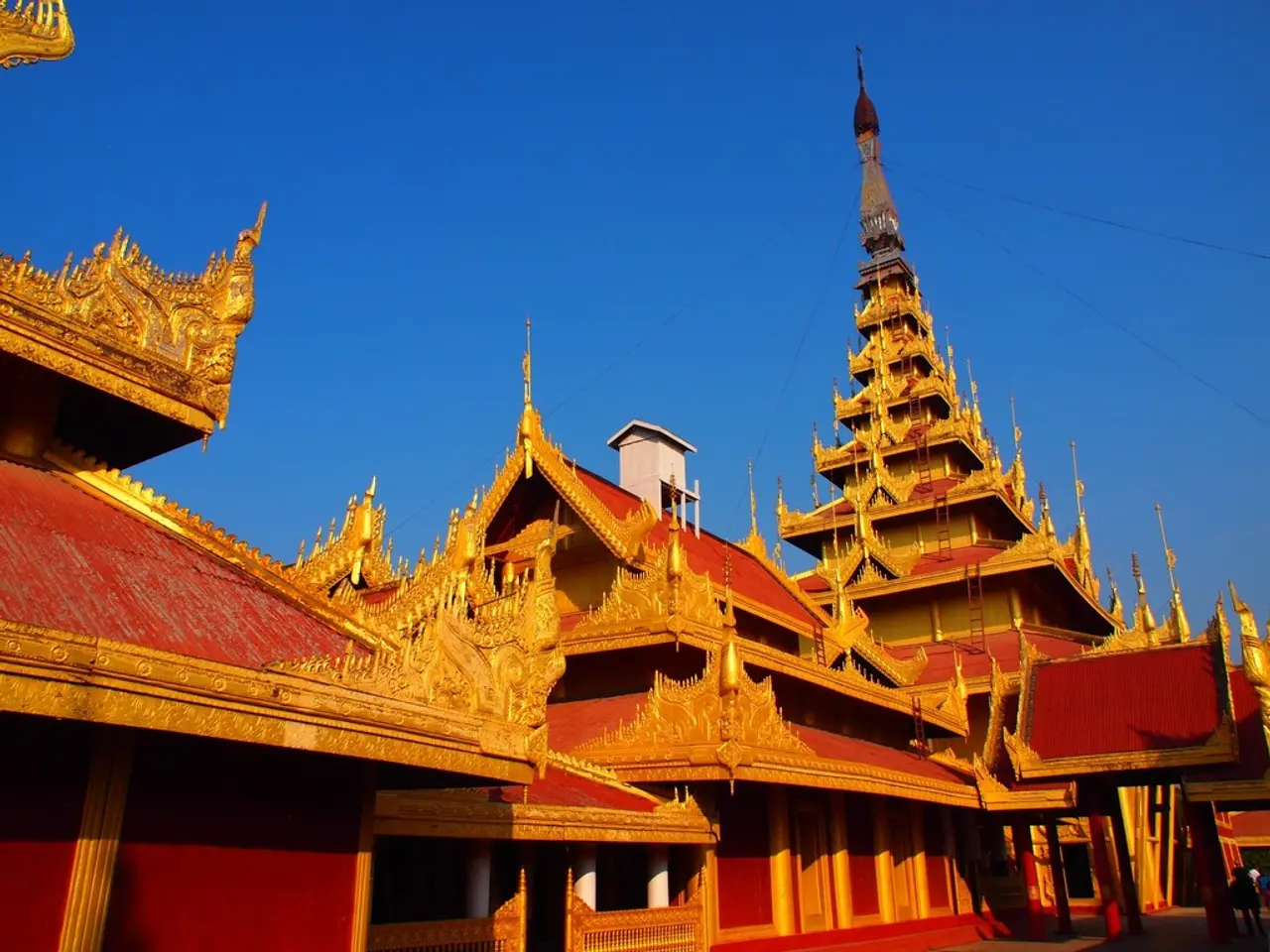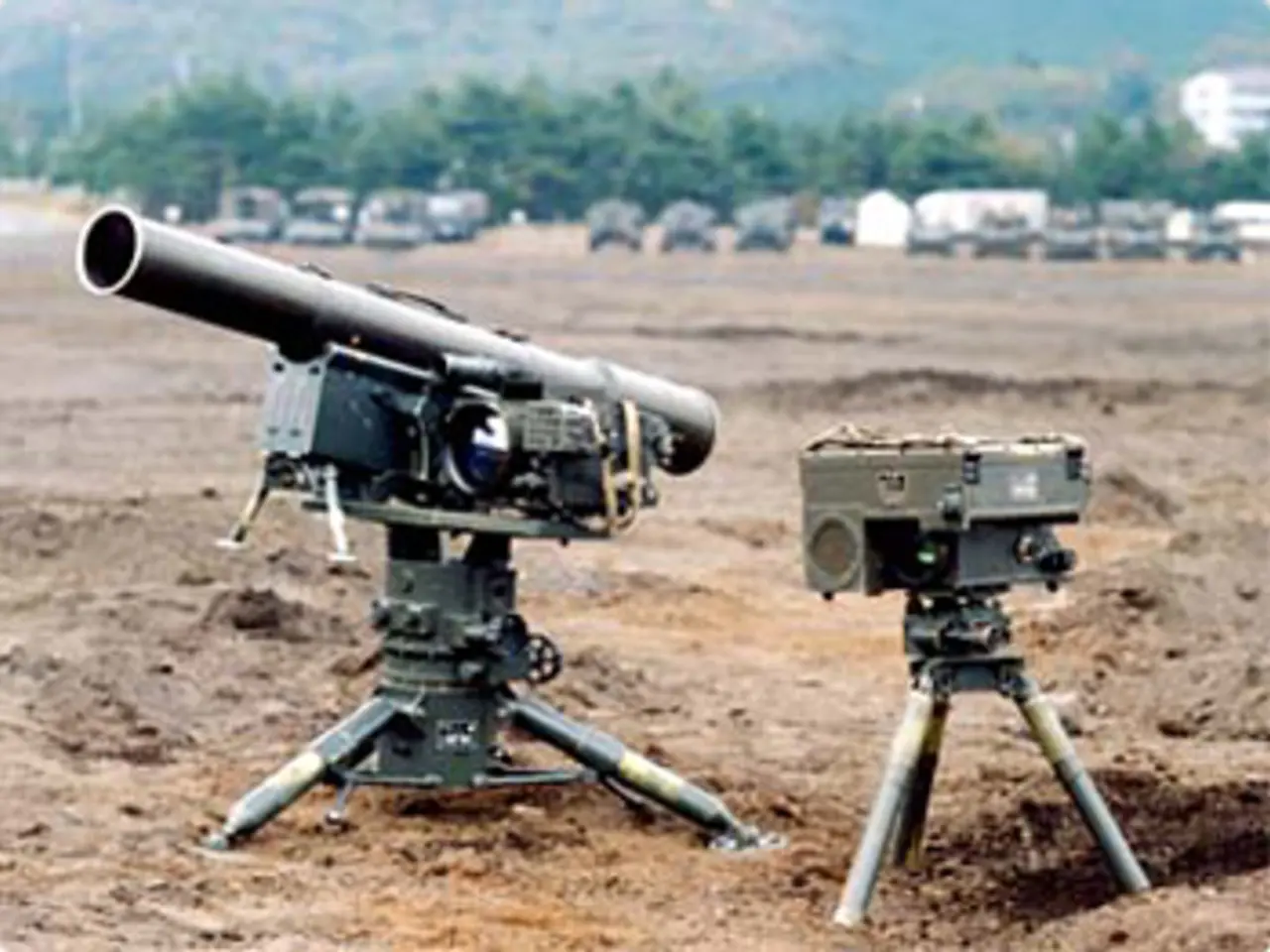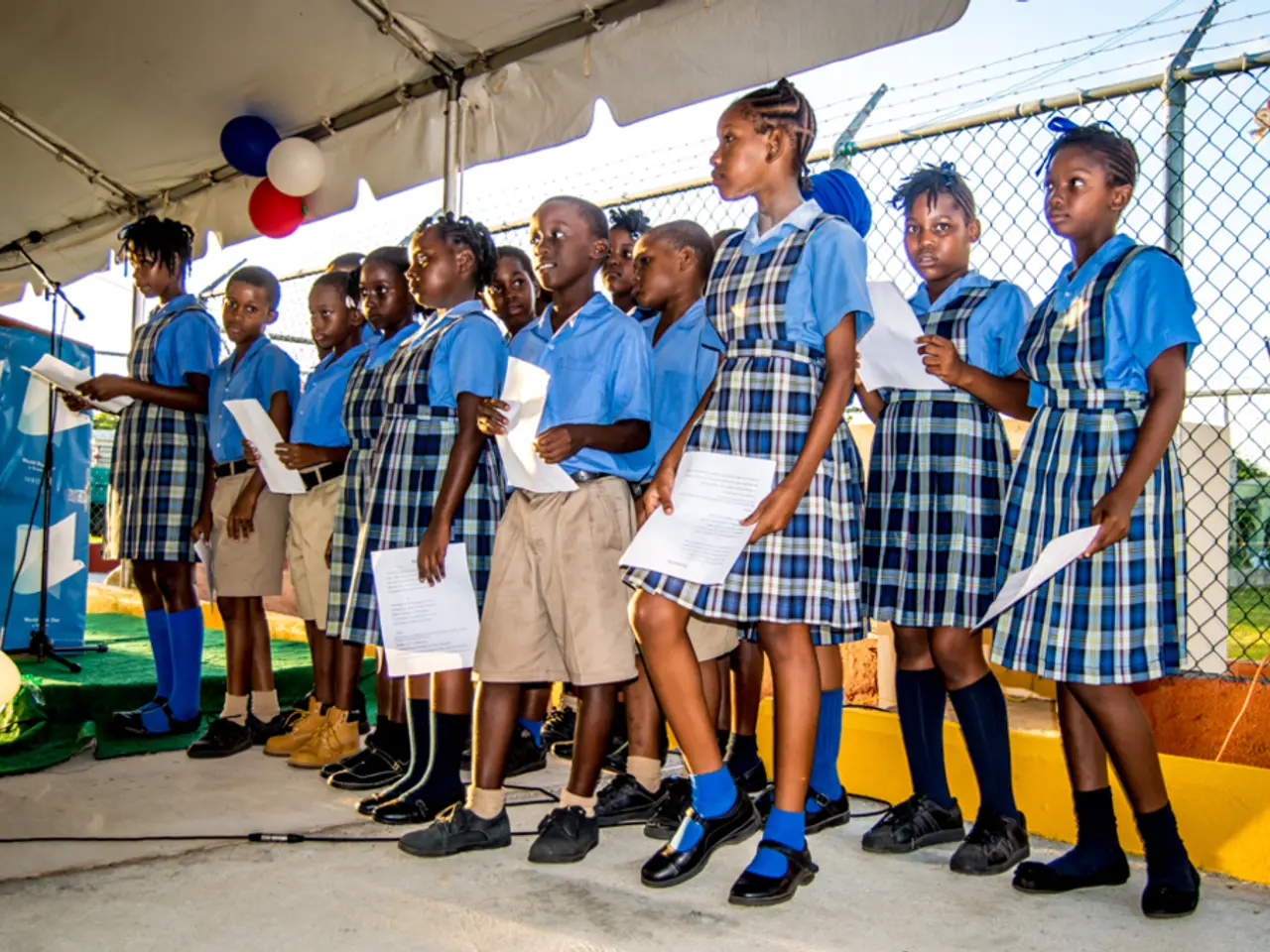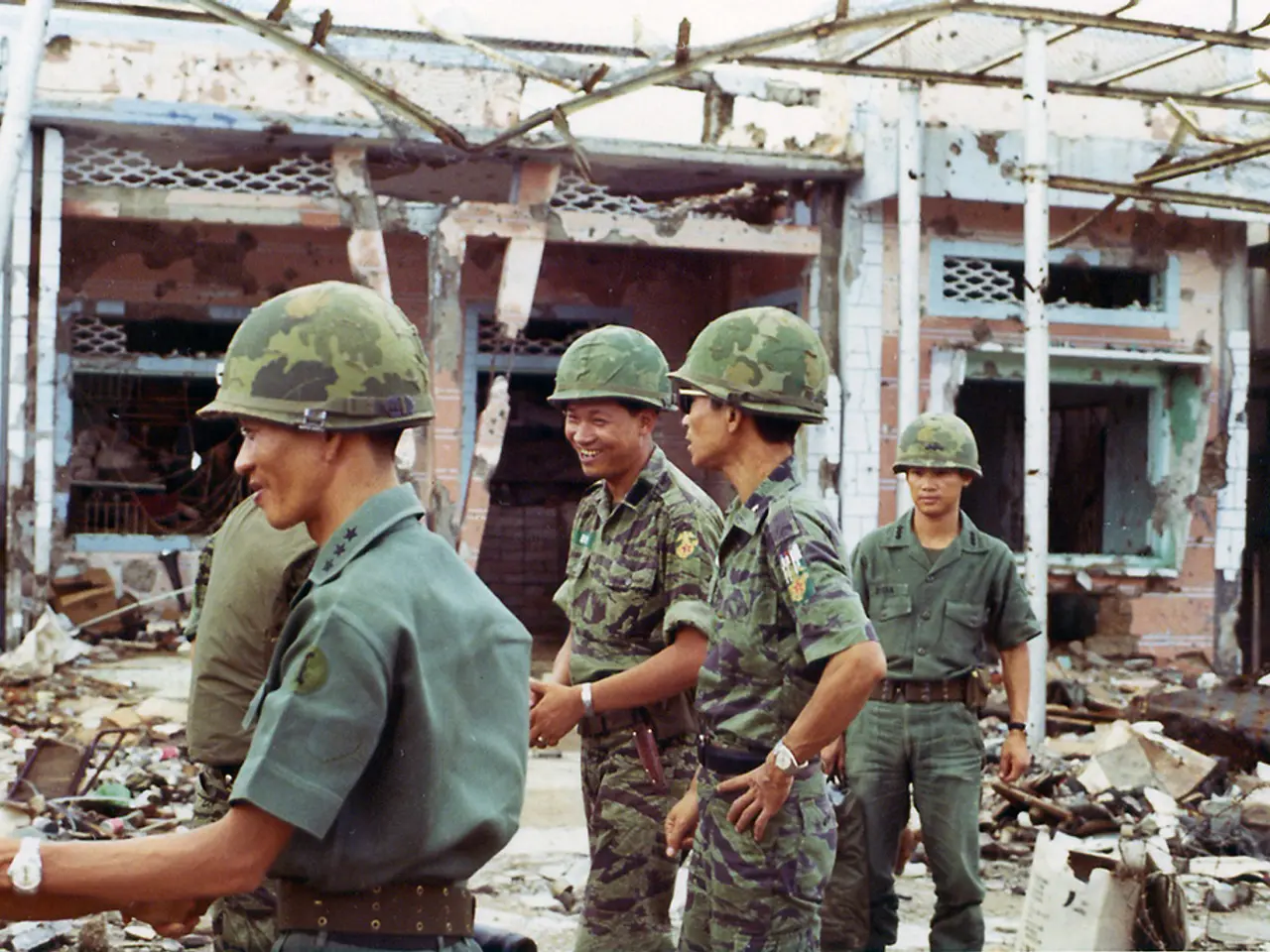Ongoing Conflict in Myanmar Overlooked
Myanmar, formerly known as Burma, is currently in a state of political turmoil following a military coup led by General Min Aung Hlaing on February 1st, 2021. As of October 2023, the country remains embroiled in a complex and intense political conflict.
Resistance Forces Gain Ground
By late 2023, resistance forces, including numerous ethnic armed organizations (EAOs) and local militias opposing the junta, controlled more than half of the country’s territory [1]. A significant escalation of attacks occurred around late October 2023, when a coalition of ethnic resistance organizations launched “Operation 1027,” capturing military outposts across Myanmar, including intensified operations by the Arakan Army (AA) in Rakhine State [2].
Ethnic Minorities Suffer
The conflict continues to severely impact communities in Rakhine and Chin States. In Rakhine State, the Arakan Army has gained control of almost the entire state except for the capital and a few smaller areas as of late 2023. The junta has actively fomented inter-communal violence between ethnic Rakhine and Rohingya populations [2]. The Rohingya community faces ongoing violence and displacement, a continuation of persecution that began with the 2017 military "clearance operations" which forced over 900,000 Rohingya to flee to Bangladesh [2].
In Chin State, while specific detailed recent military activity is less reported, the presence of ethnic armed groups fighting for autonomy is well established. The broader conflict and junta offensives likely contribute to displacement and human rights abuses among the Chin ethnic minority, consistent with patterns seen across Myanmar's ethnic states during the civil war [1].
Fragmented Battlefield and Escalating Tactics
The political conflict in Myanmar is marked by a fragmented battlefield with shifting alliances among over a hundred armed groups, including about 20 major ethnic armed organizations representing minority ethnicities, such as the Chin and Rakhine [1]. Escalating junta tactics include forced recruitment of thousands monthly from April 2024, and intensified attacks often targeting civilians indiscriminately or disproportionately, further worsening humanitarian conditions [2].
Continued Political Repression
The military junta (State Administration Council, SAC) has maintained control over key urban centers, but its rule is marked by continued political repression and a lack of legitimate democratic processes. The junta recently announced lifting the emergency state but plans to hold sham elections preserving military control, thus perpetuating instability [3][4].
The Situation Remains Volatile
The situation in Myanmar remains highly volatile, with ethnic minorities in states like Rakhine and Chin continuing to suffer heavily amid ongoing armed conflict, displacement, ethnic tensions, and human rights abuses as of October 2023. The ethnic resistance movements remain active and militarily significant, especially in Rakhine State, while the junta retains power mainly in urban centers [1][2].
References
[1] International Crisis Group. (2023). Myanmar's ethnic armed organizations: A new landscape. [online] Available at: https://www.crisisgroup.org/asia/southeast-asia/myanmar/220-myanmars-ethnic-armed-organizations-new-landscape
[2] The Irrawaddy. (2023). Operation 1027: A coalition of ethnic armed organizations launches a coordinated offensive. [online] Available at: https://www.irrawaddy.com/news/operation-1027-coalition-ethnic-armed-organizations-launches-coordinated-offensive.html
[3] Radio Free Asia. (2023). Myanmar military lifts state of emergency, extends emergency rule indefinitely. [online] Available at: https://www.rfa.org/english/news/myanmar/emergency-09192023184158.html
[4] Associated Press. (2023). Myanmar military announces election, but critics call it a sham. [online] Available at: https://apnews.com/article/myanmar-elections-military-coup-politics-38e9423b48320361a42669732243e6b3
- News reports indicate that Operation 1027, launched by a coalition of ethnic resistance organizations, saw intensified operations by the Arakan Army in Rakhine State, capturing military outposts across Myanmar.
- Multimedia sources show that the conflict has severely impacted communities in Rakhine and Chin States, with the Arakan Army gaining control of almost the entire state of Rakhine except for the capital and a few smaller areas.
- In certain regions such as Chin State, ethnic armed groups are fighting for autonomy, leading to displacement and human rights abuses among the Chin ethnic minority, a pattern observed across Myanmar's ethnic states during the civil war.
- Political analysts and news agencies point out that the military junta has maintained control over key urban centers, but its rule is marked by continued political repression and a lack of legitimate democratic processes, planning to hold sham elections in order to preserve military control.








